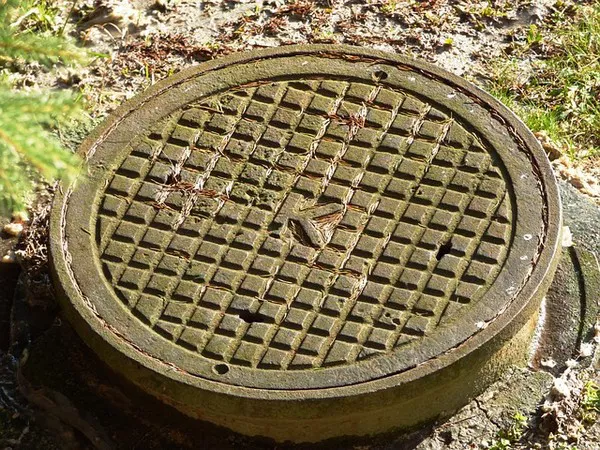Wastewater treatment is a critical process that ensures the safe disposal of sewage and other pollutants before returning water to the environment. Among the various stages of wastewater treatment, disinfection holds paramount importance in safeguarding public health and the environment. Disinfection is the final step in the treatment process, targeting the removal or inactivation of pathogenic microorganisms present in wastewater effluent. This article delves into the intricacies of disinfection in wastewater treatment, exploring its processes, significance, and environmental implications.
The Importance of Disinfection:
The primary objective of disinfection in wastewater treatment is to eliminate or significantly reduce the concentration of harmful microorganisms, including bacteria, viruses, and protozoa, from the treated effluent before its discharge into receiving water bodies. Failure to adequately disinfect wastewater can lead to the spread of waterborne diseases, posing serious risks to public health and the environment. Therefore, effective disinfection is essential to prevent the transmission of infectious diseases and protect aquatic ecosystems.
Key Disinfection Processes:
Several disinfection methods are employed in wastewater treatment facilities, each with its unique advantages, limitations, and mechanisms of action. The most commonly used disinfection processes include:
Chlorination:
Chlorination involves the addition of chlorine-based compounds, such as chlorine gas (Cl2), sodium hypochlorite (NaOCl), or calcium hypochlorite (Ca(OCl)2), to the wastewater. Chlorine effectively oxidizes and disrupts the cellular structures of microorganisms, rendering them inactive. While chlorine is highly effective in disinfection, it can form potentially harmful disinfection by-products (DBPs) when reacting with organic matter present in wastewater.
Ultraviolet (UV) Irradiation:
UV irradiation utilizes ultraviolet light to deactivate microorganisms by damaging their DNA, thereby preventing replication and proliferation. UV disinfection is a chemical-free process and does not produce harmful by-products, making it environmentally friendly. However, its efficacy may be influenced by factors such as water turbidity and the presence of light-absorbing substances.
Ozonation:
Ozonation involves the injection of ozone (O3), a powerful oxidizing agent, into the wastewater stream. Ozone reacts with microbial cell membranes, leading to their rupture and subsequent inactivation. Additionally, ozone aids in the oxidation of organic pollutants and odor-causing compounds, enhancing overall water quality. Despite its effectiveness, ozonation can be energy-intensive and expensive compared to other disinfection methods.
Chlorine Dioxide (ClO2) Treatment:
Chlorine dioxide is a versatile disinfectant that exhibits strong oxidative properties against a wide range of microorganisms. It effectively penetrates microbial cell walls, disrupting cellular functions and causing microbial inactivation. Chlorine dioxide treatment is particularly useful in controlling the formation of DBPs compared to chlorine-based disinfectants.
Significance of Disinfection By-Products (DBPs):
While disinfection is crucial for public health protection, it is imperative to address the potential formation of disinfection by-products (DBPs) during the disinfection process. DBPs result from the chemical reactions between disinfectants and organic or inorganic precursors present in wastewater. Common DBPs include trihalomethanes (THMs), haloacetic acids (HAAs), and chloramines, which have been associated with adverse health effects, including cancer and reproductive disorders.
To mitigate DBP formation, wastewater treatment plants employ various strategies, such as optimizing disinfectant dosage, utilizing alternative disinfection methods, and implementing advanced treatment processes like granular activated carbon (GAC) filtration and advanced oxidation processes (AOPs). These approaches aim to minimize the concentrations of DBPs in treated effluent, ensuring compliance with regulatory standards and safeguarding public health.
Environmental Implications:
While disinfection plays a vital role in protecting public health, it can also have environmental implications, particularly concerning the release of residual disinfectants and their by-products into receiving water bodies. Excessive discharge of chlorine-based disinfectants can lead to aquatic toxicity, harming fish and other aquatic organisms. Additionally, the accumulation of DBPs in water bodies can disrupt aquatic ecosystems and impair water quality.
To mitigate the environmental impact of disinfection, wastewater treatment facilities adopt environmentally friendly disinfection practices and monitor effluent quality to ensure compliance with regulatory standards. Furthermore, the implementation of water reuse and resource recovery initiatives can reduce the discharge of treated effluent into water bodies, minimizing environmental contamination and promoting sustainable water management practices.
See also How Much Does A Home Sewage Treatment Plant Cost
Conclusion:
Disinfection is a critical component of wastewater treatment, essential for safeguarding public health and protecting the environment. By effectively removing or inactivating pathogenic microorganisms, disinfection ensures the safety of treated effluent before its discharge into receiving water bodies. However, it is imperative to address the potential formation of disinfection by-products (DBPs) and mitigate their environmental impact through appropriate treatment strategies.
As wastewater treatment technologies continue to evolve, ongoing research and innovation are essential to improve disinfection efficiency, reduce energy consumption, and minimize environmental footprint. By prioritizing sustainable practices and adopting advanced disinfection technologies, wastewater treatment facilities can enhance water quality, protect ecosystems, and contribute to the overall well-being of communities and the environment.

